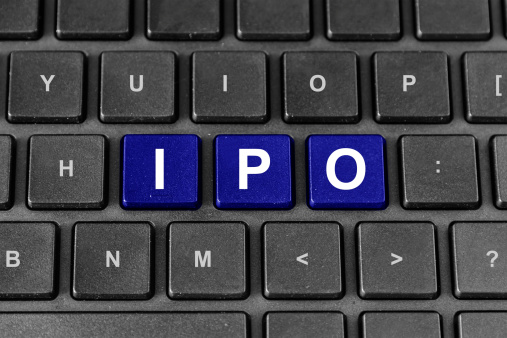With the initial public offerings (IPO) market heating up, now could be an ideal time for investors to revisit exchange traded funds such as the First Trust US IPO Index Fund (NYSEArca: FPX) and the Renaissance IPO ETF (NYSEArca: IPO).
Stocks stay in IPO for a maximum of two years. FPX holds companies longer than that. IPO “is a portfolio of the largest, most liquid U.S.-listed newly public companies prior to their inclusion in core U.S. equity portfolios. IPOs that pass Renaissance Capital’s formulated screening process are weighted by investable market capitalization, capped at 10% and removed after two years,” according to Renaissance Capital.
Related: IPO ETF Adds Ferrari
“IPO ETFs do cut some of the implicit sector risk, mostly by effective screening measures designed to keep the highest-risk companies out of the funds. But any money poured into an IPO, either directly or through a fund, brings with it a risk element most retail investors may not find palatable,” reports TheStreet.com.
Due to its indexing flexibility that allows for the inclusion of some IPOs after their fifth day of trading, the Renaissance Capital ETF can move to add hot IPOs soon after they come to market. That was seen with Alibaba (NYSE: BABA) in 2014 and Line Corp. (NYSE: LN), the Japanese company behind the popular messaging app, earlier this year.
